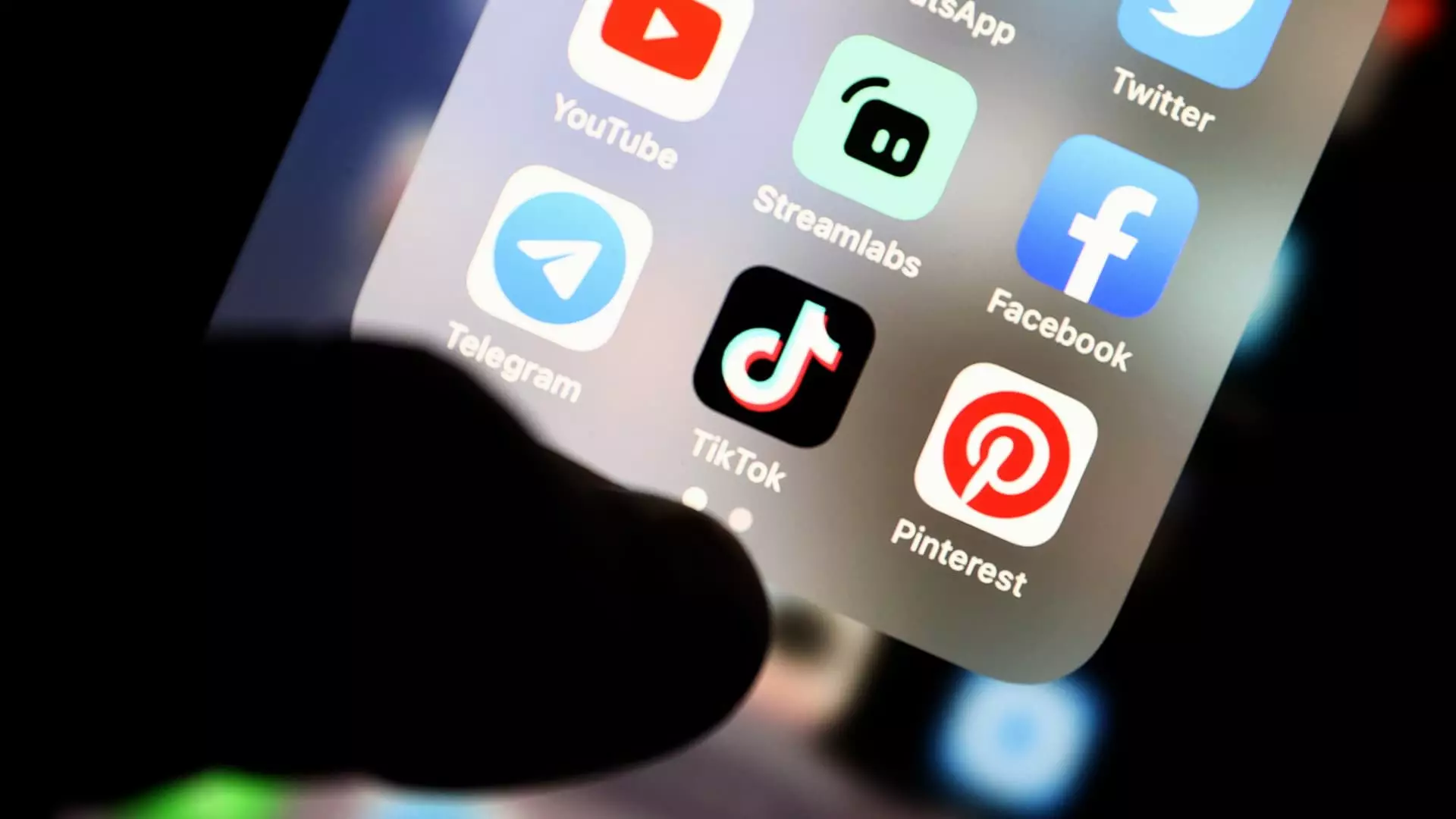Pinterest, the popular visual discovery platform, experienced a significant drop in its shares during extended trading on Thursday. This decline occurred after the company revealed a weaker-than-expected forecast and reported disappointing revenue. According to LSEG (formerly known as Refinitiv), Pinterest’s revenue for the fourth quarter of the previous year was $981 million, slightly lower than the expected $991 million. Similarly, the adjusted earnings per share were 53 cents, exceeding the estimated 51 cents.
The revenue growth for Pinterest was only 12% in comparison to the previous year’s $877.2 million. However, the net income showed a substantial improvement, reaching $201 million compared to $17.49 million in the previous year. This positive development in net income was reflected in the earnings per share, which rose from 3 cents to 29 cents. Despite these positive outcomes, the market responded unfavorably to the results, motivating a decline in the value of Pinterest shares.
Although the disappointment in Pinterest’s performance led to a decline in stock value, the situation improved when the company unveiled a new partnership with Google. During a call with analysts, Pinterest CEO Bill Ready announced a “third-party app integration with Google,” boosting investor confidence. Consequently, the shares rebounded, reducing the decline to approximately 10%.
This integration with Google mirrors Pinterest’s existing partnership with Amazon, focused on third-party ads. The collaboration with Amazon was positioned as a pivotal strategy to enhance overall sales for Pinterest and simplify the purchasing process for app users. Ready, who previously served as the president of Google’s commerce and payments business, expressed excitement about the potential of this new partnership, particularly in expanding the company’s monetization efforts internationally.
Ready emphasized that Pinterest is significantly under-monetized across the board, especially in international markets. While 80% of its users reside outside the United States, only 20% of sales originate from these regions. In a bid to address this discrepancy, Pinterest has leveraged its partnership with Google to tap into untapped revenue streams globally. Ready asserted that the integration with Google has already commenced, positively influencing third-party ad demand. While it did not contribute significantly to the fourth-quarter revenue, it is expected to strengthen performance in the first quarter and beyond.
Pinterest’s quarterly report arrives amidst a broader recovery in the digital advertising market. Notably, companies such as Meta, Alphabet, and Amazon observed growth in their respective ad units during the fourth quarter, with positive double-digit returns. This data reflects a shift in business sentiment as organizations resume spending on online promotions after scaling back in response to concerns surrounding the Ukraine-Russian war and high interest rates.
However, Pinterest’s experience is not shared by all digital ad companies. Snap, for instance, witnessed a significant decline of 35% in its shares after reporting lower-than-expected sales growth and issuing weak guidance. Nonetheless, Ready expressed optimism about the overall improvement in the digital ad market and highlighted retail as Pinterest’s fastest-growing segment. He asserted that performance matters immensely in the advertising industry, and Pinterest is successfully generating better results for its advertisers.
While Pinterest acknowledged that the Middle East crisis temporarily impacted advertiser spending, the overall impact was deemed limited. Julia Donnelly, the finance chief of Pinterest, reassured analysts that the Israel-Hamas war only had a short-term effect on ad spend.
Before the recent report, Pinterest’s shares had been performing well, witnessing a year-to-date increase of 9.5% following an impressive surge of 53% in 2023. The company’s efforts to manage costs were evident, as expenses declined by roughly 10% in comparison to the previous year. This reduction was mainly attributed to a decrease in sales and marketing expenses, aligning with the industry-wide downsizing that occurred when Pinterest laid off 5% of its workforce a year ago.
Pinterest’s fourth-quarter report contained both disappointments and encouraging developments. While the company’s revenue and user growth fell short of expectations, the successful integration of Pinterest with Google offered a glimmer of hope for investors. The partnership is predicted to enhance the monetization of international markets, enabling Pinterest to capitalize on its significant user base outside the United States. As the digital advertising market recovers and performance takes center stage, Pinterest remains motivated to deliver superior results to its advertisers.


Leave a Reply